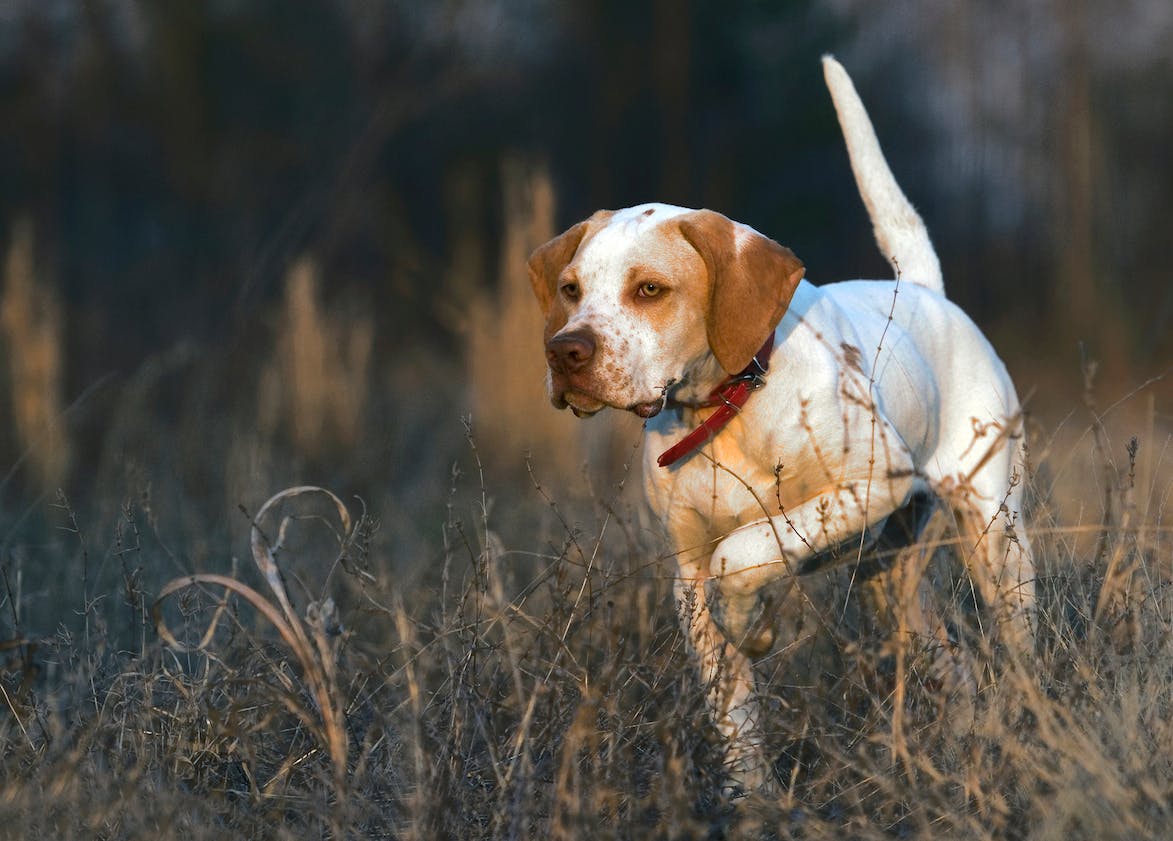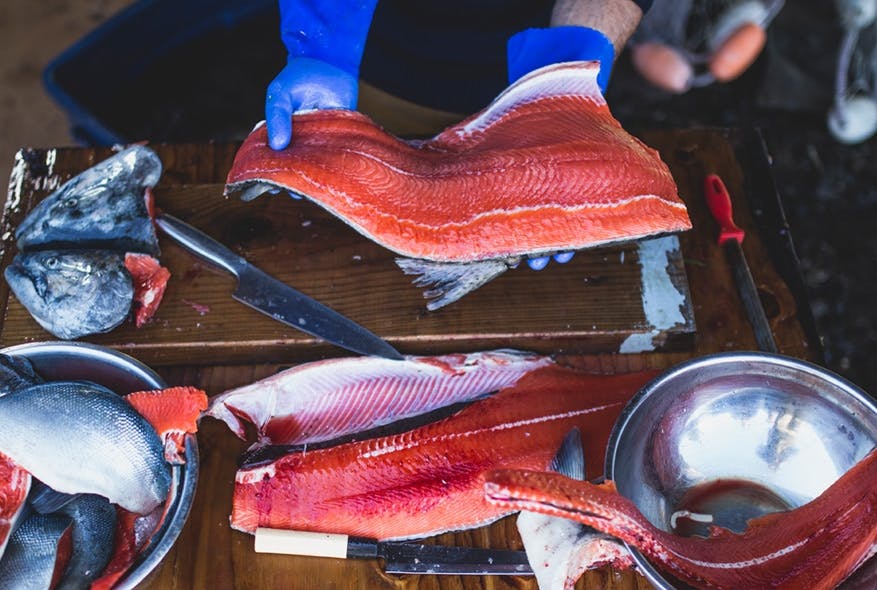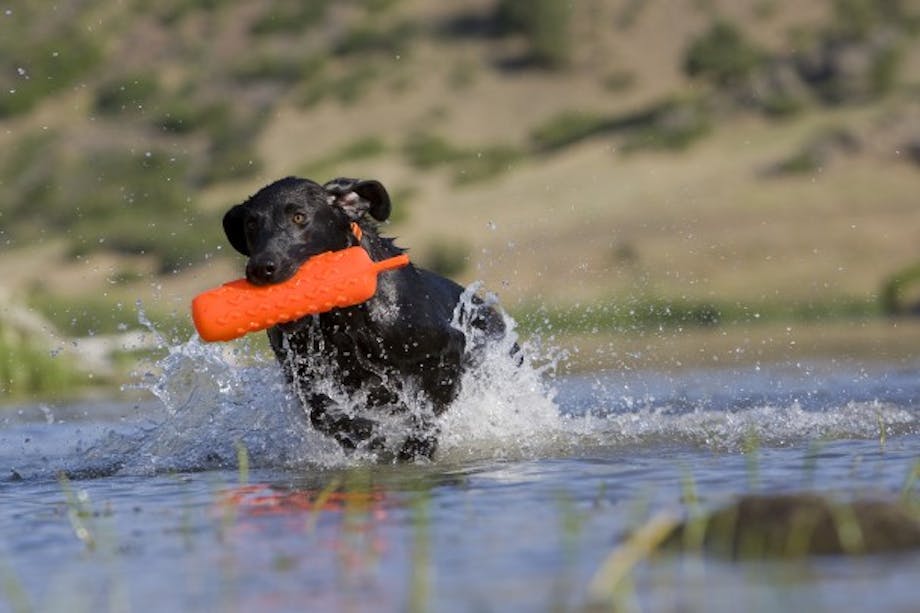 For over two decades, George Hickox has shown all levels of owners how to train great bird dogs. Today, George details the blueprint of a successful bird dog training program.
For over two decades, George Hickox has shown all levels of owners how to train great bird dogs. Today, George details the blueprint of a successful bird dog training program.
The blueprint for a successful training program must be implemented in a timely manner and fundamental canine training principles must be adhered to in order to achieve the end goal. Some of the bible principles I feel are important to guarantee the outcome are:
1. Do not wait for the “pup to be old enough to train.” Teaching the dogs to learn to learn is important and should begin early in the pup’s development. Dogs that have not been exposed to new environments, other dogs, people, and learning to perform tasks in order to earn paychecks quite often are handicapped from achieving their full genetic potential.
I start clicker training at a very early age, somewhere around six weeks of age. I teach the dogs that they can earn rewards by offering desired behaviors. Simple tasks such as running into a kennel, standing for a short duration for the pointing breeds, sitting for the flushing/retrieving breeds, and recalling in order to earn a positive reinforcement taught at an early age develops a dog that believes he can succeed. This is a dog that gives an effort to learn new tasks and solve problems.
2. While the early classroom sessions of clicker training is going on so is field work. In the initial stage of exposing the pups to the field I want to guarantee the pup has fun. There are no controls expected or demanded of the pup in the field at this time. I want life to be a bowl of cherries for the canine youngster at this time. If corrections are implemented in the initial stage of introductory field work there is a risk the dog will associate the field as a dark alleyway where he may get mugged. If the dog is apprehensive in the field it will make the introduction to birds and subsequent formal bid drills more volatile.
I introduce the young canine pupils to birds early. The benchmark is by sixteen weeks of age or sooner the pups will have been exposed to birds. I release quail from a Johnny House that the pups see fly out. I then release the pups and the hunt and chase is on. I am not talking to the pups or restraining them from chasing. By releasing an ample amount of quail from the Johnny House I guarantee the canine hopefuls will find birds and have success.
3. During the imprinting stage of up to twenty weeks of age I want to expose the pups to running with a check cord. I will need to use a check cord to teach the dog to hold point and be steady to wing and shot when he is ready. If a check cord or lead has only been utilized as a control for the recall and heel commands then the dog may be reluctant to run in front when the handler is holding onto a check cord. Frequently at our training clinics I see dogs that are apprehensive when a check cord is attached to their collar. If the dog is apprehensive that is a poor time to do any type of bird work.
4. I teach the basic obedience commands in the classroom and not in the field. As a benchmark guideline if the dog does not comply with a command in yard training the command should not be given in the field. In the yard training I am teaching the dog to give an effort to respond to a known command in a timely fashion.
5. In order to teach a dog to give an effort to respond to a known command/cue in a timely fashion it is important the trainer is consistent. Consistent repetitions are an important ingredient in developing a dog that responds with reliability. Variable reinforcements are a big handicap. If sometimes the dog is rewarded for a specific act and at other times he is corrected for the same behavior reliability will be a pie in the sky wish. Teaching the dog to respond to the command/cue the first time he receives the directive is the objective.



